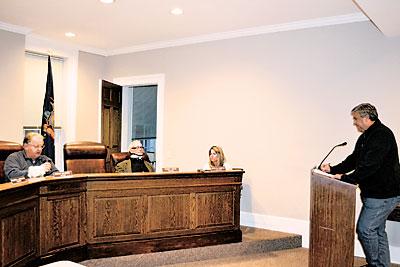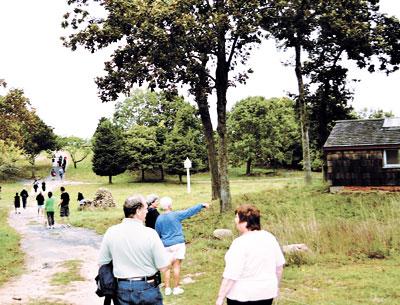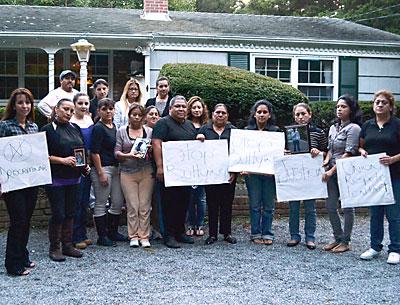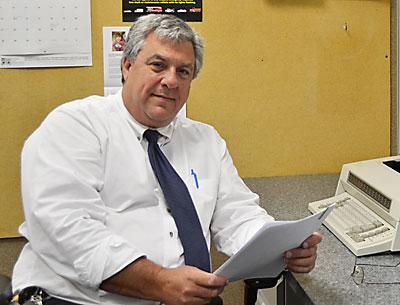Bishop Outpaced 3 to 1 in PAC Attack-Ad Money
Bishop Outpaced 3 to 1 in PAC Attack-Ad Money
According to a report from the Federal Election Commission this week, nonprofits, political action committees, and super PACs have spent almost $3.3 million to influence voters in the race for the House of Representatives this year, with more than three times the money — $2,523,720 to $770,508 — spent on behalf of Randy Altschuler, a Republican endorsed by the Independence and Conservative Parties who is challenging Representative Tim Bishop, the incumbent five-term Democrat, for the second time.
Bob Biersack, a senior fellow at the Center for Responsive Politics, a nonpartisan, nonprofit organization based in Washington, D.C., said it had been over a month since outside money was spent to benefit Mr. Bishop, although Mr. Biersack was uncertain about the impact such spending will have.
“Neither candidate is new,” he said. “Ads usually shape voters’ opinions when a candidate isn’t well-defined.”
“We don’t control outside spending; every candidate is allowed to benefit from it,” Diana Weir, an Altschuler spokeswoman, said about the super PACs helping his campaign. “Mr. Bishop’s campaign has raised over $700,000 from special interest PACs who have their own agenda,” Ms. Weir said. She said that although Mr. Altschuler had raised less direct money, more individuals had contributed, which, she said, put his candidacy “on a winning trajectory.”
Robert Pierce, a spokesman for the Bishop campaign, agreed that individual contributions were vital. “Dark money, from organizations that don’t disclose their donors, is influencing this election,” he said. “I’m quoting Tim Bishop here, but do you think Sheldon Adelson knows where Coram is? They don’t care about Long Island; they care about having someone else in the office who reflects their interests.”
“When it’s all said and done, this will be close to a $10 million election,” he said. Among the super PACs, Prosperity First has spent $932,219 on television and radio ads and mailings attacking Mr. Bishop’s ability to create Long Island jobs: “Tim Bishop: The only job he cares about is his own,” and, “Tim Bishop voted for Pelosi’s job killing agenda 97 percent of the time . . . He’s not a bishop; he’s a pawn.”
Crossroads GPS, founded by Karl Rove, the former chief political adviser for President George W. Bush, has spent $704,744 for Mr. Altschuler. Not far behind, the Republican National Committee has spent $533,404.
For Mr. Bishop, Communications Workers of America super PACs, and the House Majority and National Education Association PACs have spent between $204,550 and $306,485. A House Majority television ad attacked Mr. Altschuler’s jobs record, saying, “Altschuler made millions sending jobs overseas . . . supports a plan that John McCain’s financial adviser said would result in the loss of 1.7 million jobs . . . if [he] is elected, will we have anything left?”
Nationally, from Jan. 1, 2011, to Oct. 24, 561 outside groups were responsible for spending $903,237,021 on this year’s elections compared to just over $255 million in 2010 and 2008, according to the Center for Responsive Politics. The First Congressional District now ranks 33rd among 435 in the amount spent in House of Representatives races.
The candidates are expected to appear at forums in Montauk and Bridgehampton next week.






